

Millions of people are growing sicker and older at an accelerating rate. The World Health Organization (WHO) estimates that between 2015 and 2050, the number of individuals over 60 years will nearly double from 12% to 22%.[i] Inevitably, an increasing number of older people will require more medical needs and caregiving, which will ultimately place more and more pressure on an already stressed healthcare system. Therefore, finding ways to leverage technology to manage the health of populations efficiently and cost-effectively, will be the key to providing the best quality of care.
[i] Retrieved from http://www.who.int/mediacentre/factsheets/fs404/en/
Patient care is holistic, which means that it should continue even if the patient is discharged from the hospital and is recovering at home. Therefore, healthcare providers must have access to innovative, state-of-the-art medical equipment that allows them to reach more patients so that proper guidance and monitoring can be performed. This in turn allows the clinical team to identify at-risk patients, and monitor strict compliance to diet, medications, and other home instructions, thus, ensuring the continuity of quality care. In fact, one study has shown that home monitoring of patients with congestive heart failure leads to lower hospitalization rates and improved mortality.[i]
Fortunately, starting this 2018, The Centers for Medicare and Medicaid Services (CMS) has made a great move and will support and reimburse healthcare providers using remote monitoring technologies. Specifically, CMS has decided to unbundle and activate CPT code 99091 (collection and interpretation of physiologic data), which allows providers to be reimbursed for time spent collecting and analyzing patient-generated health data.
To receive patient adjustments, healthcare providers must document the work related to your care using a coding system of the Current Procedural Terminology (CPT) Editorial Panel. This coding system has been used for decades to bill insurers, who then pays for the provider according to a contracted fee schedule. In order to get credit, CMS requires providers to:
Adoption of remote patient monitoring using appropriate health technology platforms and devices will play a bigger role in healthcare delivery as the population ages. Remote patient monitoring can make an enormous difference in terms of health outcomes by reducing complications, improving access, and significantly reducing costs. With CMS supporting the reimbursement for healthcare providers who will use remote monitoring technologies, more and more healthcare organizations will start adopting this innovative and cost-effective technology to deliver the best quality of care.
[i] Bhimaraj A. Remote Monitoring of Heart Failure Patients. Methodist DeBakey Cardiovascular Journal. 2013;9(1):26-31.

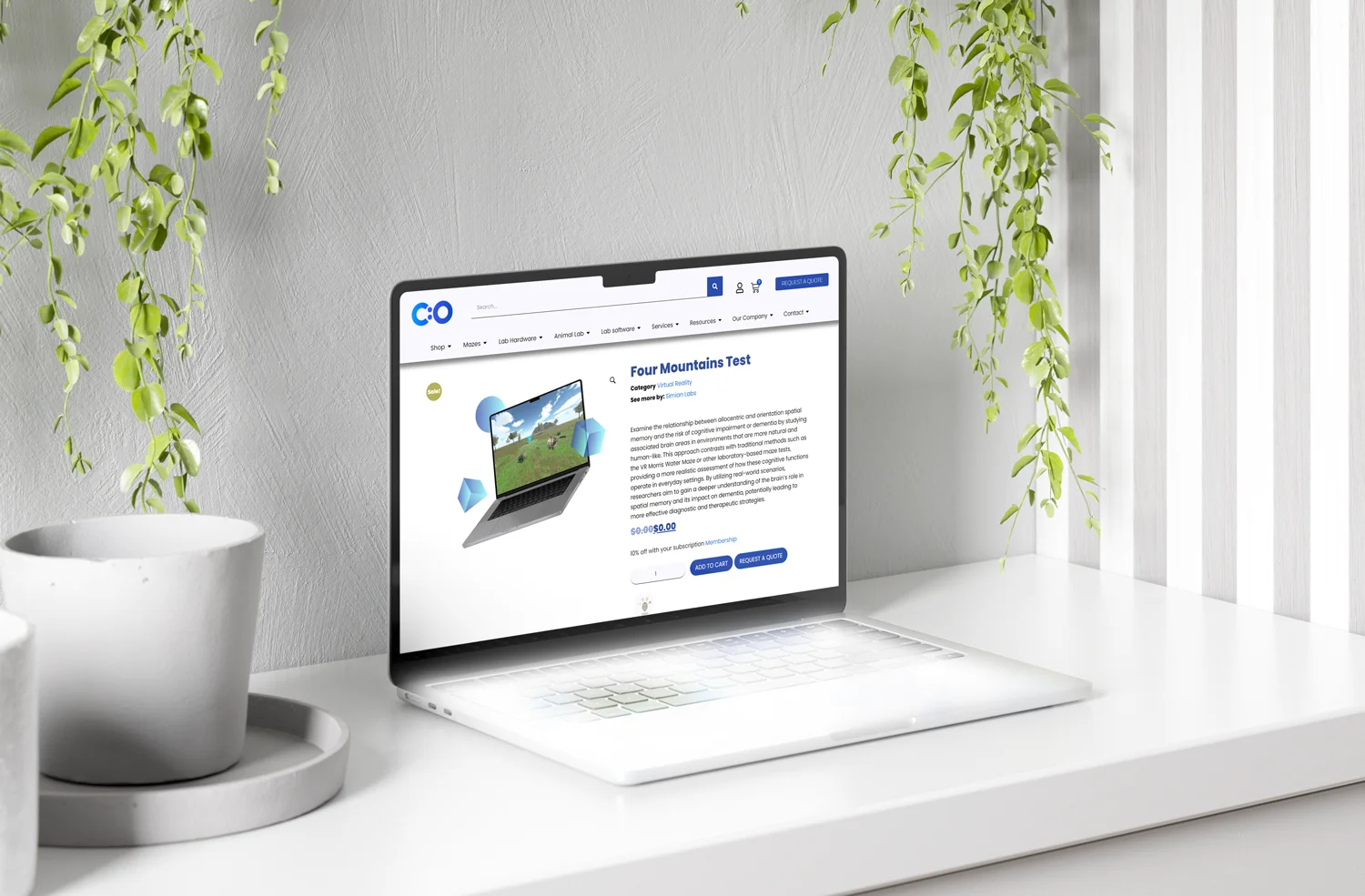
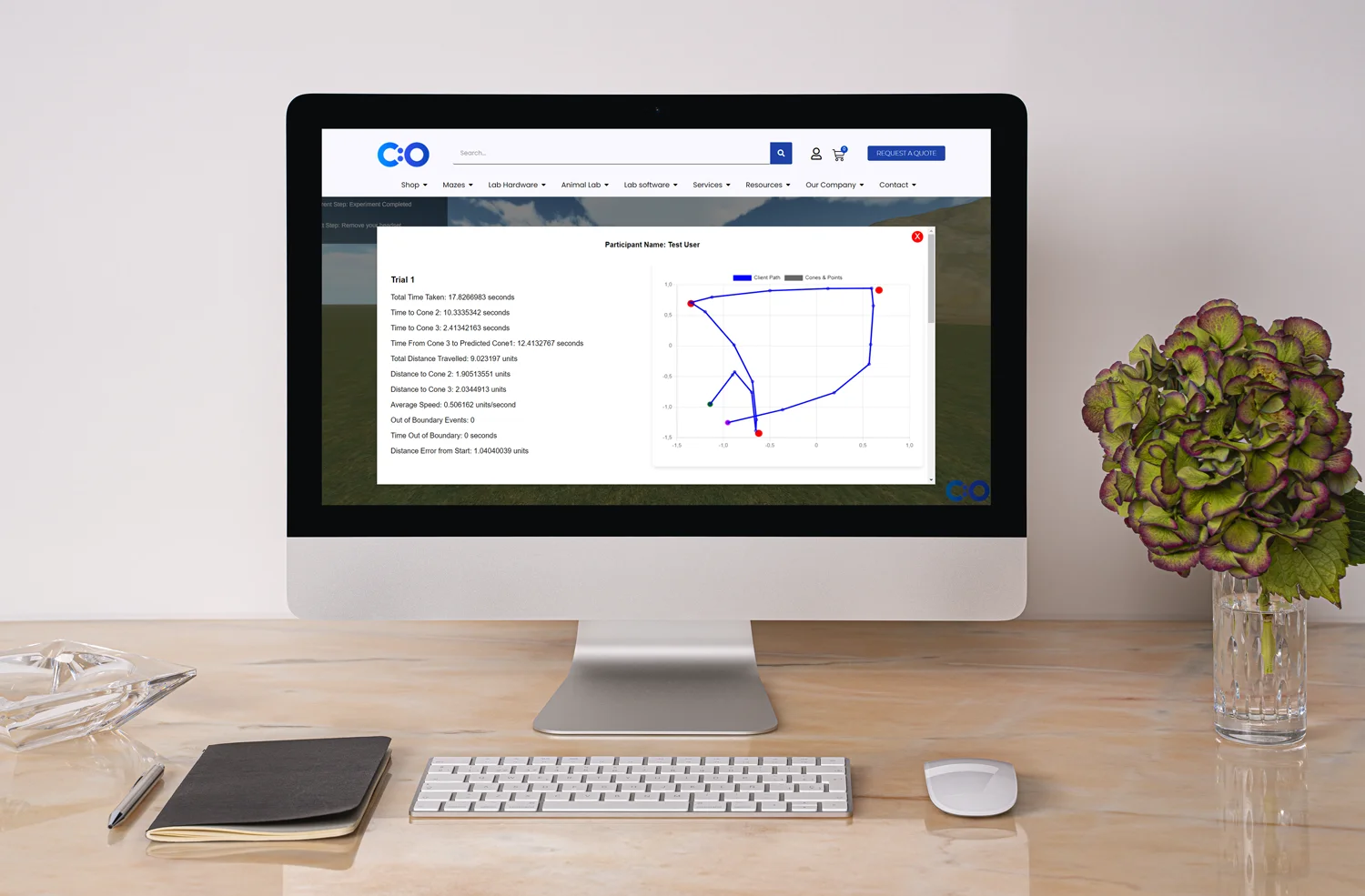

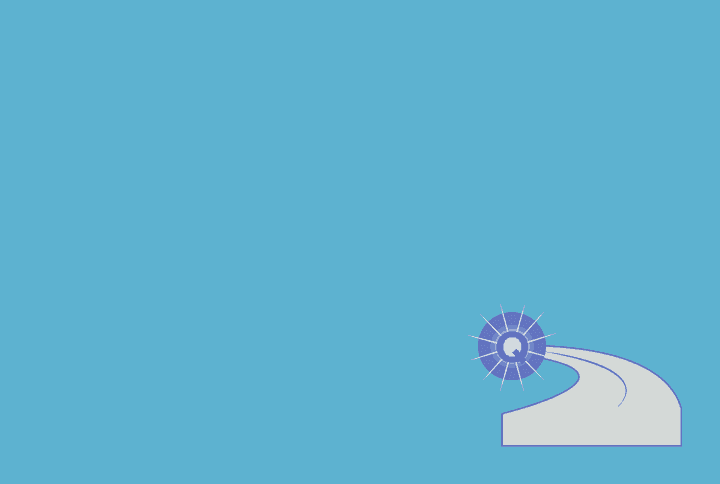

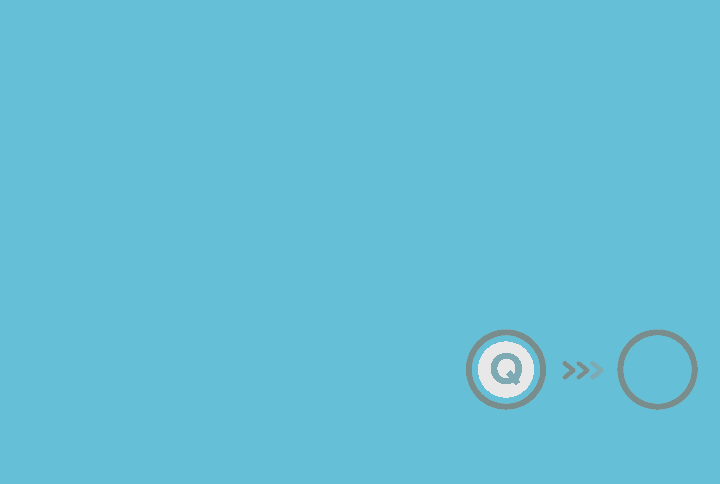

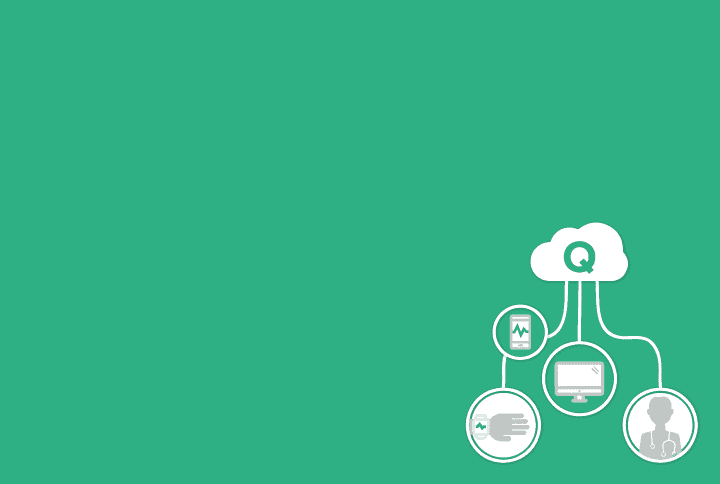


Shuhan He, MD is a dual-board certified physician with expertise in Emergency Medicine and Clinical Informatics. Dr. He works at the Laboratory of Computer Science, clinically in the Department of Emergency Medicine and Instructor of Medicine at Harvard Medical School. He serves as the Program Director of Healthcare Data Analytics at MGHIHP. Dr. He has interests at the intersection of acute care and computer science, utilizing algorithmic approaches to systems with a focus on large actionable data and Bayesian interpretation. Committed to making a positive impact in the field of healthcare through the use of cutting-edge technology and data analytics.
